Everyone enjoys spoiling their pets. We get a kick out of seeing our pet chickens run to greet us at the mere sight of the treat container or the sound of the back door opening, but the wrong type of treats and treats in excess can be harmful to a chicken’s health, stunt its growth, shorten its lifespan and interfere with production in a laying hen. So, what can they eat, what they not eat and how much is too much? Let’s find out!
A good rule of thumb is: if you shouldn’t eat it, your pet chickens shouldn’t either (mealworms, insects and dirt notwithstanding). Common sense should be the guide in treat selection. The types of foods we require to maximize our own health are the foods we should consider when spoiling our chickens: high protein, whole grains, low salt, low sugar, fruits and vegetables. Dairy products are an exception to this general rule because birds are not equipped with the enzymes necessary to properly digest milk sugars. Think about it: mother birds do not nurse their young- chickens do not naturally drink milk. Some yogurt on occasion is fine and does contain beneficial cultures, but too much can cause digestive upset and diarrhea. A better choice would be to add probiotics specially formulated for chickens to their diet.
What’s the problem with too many treats?
When chickens eat treats, they’re not eating feed, which is their primary source of nutrition. The ingredients in commercially prepared feed are carefully calculated by poultry nutritionists to ensure that a chicken’s daily vitamin, mineral and protein requirements are met. Supplemental foods (treats/snacks) replace a portion of those essential dietary elements to some degree. Excessive treats, even healthy ones, can cause any of the following: obesity, reduced egg production, malformed eggs, habitual laying of multiple-yolked eggs, potentially resulting in vent prolapse, protein deficiencies, feather-picking, fatty liver syndrome, increased risk of heat stroke and heart problems.
Treats/scraps/snacks should not be fed to chickens daily due to the obesity-related health concerns which have reached epidemic proportions in backyard chickens.
5 Healthy Treats for Chickens
1. Scrambled Eggs– it may seem ironic to feed chickens eggs, but eggs are an outstanding source of protein, vitamin A, vitamin E and beta carotene. (2) During a molt, eggs are one of the best sources of protein to feed a chicken. Feather production and egg production are very protein-intensive processes and scrambled eggs as an occasional treat can help provide a little extra protein necessary for these nutritionally demanding processes. Chickens will not develop a raw, egg-eating habit as a result of eating cooked eggs.
2. Pumpkins are packed with antioxidants, vitamins A, C and E, minerals including copper, calcium, potassium and phosphorus, dietary fiber and protein in the seeds. Pumpkin seeds contain 30 grams of protein per 100 grams of seeds. (1) When in season, I make my flock Peeps’ Pumpkin Pie,” for a nutritious snack. Unsupported claims propose feeding pumpkin seeds to chickens as a ‘natural dewormer,” however, there is no scientific evidence anywhere to suggest that pumpkin seeds are capable of deworming or reducing worm loads in chickens. As such, I do not rely on pumpkin seeds as a preventative measure or as a treatment option in my flock. I give my chickens pumpkins and pumpkin seeds simply because they’re nutritious and they enjoy them- that’s reason enough for me. When my chickens have a worm overload, I treat them with one of the proven, effective de-worming treatments described here.
3. Mealworms are a good source of protein, reportedly containing 49% to 51%. They can be purchased live or dried and can also be farmed very easily at home. During a molt, mealworms are a particularly smart snack choice as re-growing feathers is a very protein-intensive activity.
4. Flock Block Substitute– Flock Block is a commercially available treat for chickens that is intended as an enrichment activity to fulfill their natural pecking instincts when they may not otherwise have the chance to forage normally. They can be purchased at feed stores for approximately $13. They should not be left out all day, every day, rather, only offered when the flock’s usual foraging routine is interrupted.
5. Chickens’ Soup– In the cold winter months, it’s okay to offer chickens a warm, “soup” as an afternoon treat after they have already enjoyed their layer feed most of the day. Again, no more than 2 tablespoons per bird and only rarely. They need the complete nutrition in their chicken feed to keep themselves warm in cold weather.MYTHS and FACTS about CHICKEN TREATS
MYTH: Chickens should not eat avocados.
FACT: Chickens can eat the flesh of avocado in moderation. However, avocado pits and skin contain persin, which can be toxic in significant quantities. Don’t worry about sharing your turkey and avocado sandwich or guac dip with your feathered friends in small quantities occasionally.
MYTH: Chickens should not eat raw potatoes or potato skins.
FACT: Chickens should not eat GREEN potato skins. The green color indicates the presence of solanine, a toxin that affects the nervous system when consumed in large quantities. However, the average, healthy human would have to eat 4.5 pounds at one sitting to experience any neurological effects. Similarly, a chicken would need to consume large quantities of green potato skins to experience any effects.
MYTH: Chickens should never eat onions.
FACT: Chickens can eat onions, chives and garlic in small quantities, occasionally. Significant quantities of onion and garlic can be harmful to chickens, causing hemolytic anemia, aka: Heinz anemia. “The alkaloid N-propyl disulphide is present in cultivated and wild onions, chives and garlic, and affects the enzyme, glucose-6-phosphate dehydrogenase in red blood cells,” which can cause Heinz anemia. “Allicin, which gives garlic its odor, is also a strong oxidant. In rare cases, this chemical can be dangerous and can cause Heinz body hemolytic anemia, as well.” Again, if you wouldn’t eat a side dish of raw onions, chives or garlic, don’t feed them to your chickens.
Citations & Further Reading:
(1) Nutrition and You
(2) Mother Earth News
Poultry Help
Exotic Pet Vet
Merck Veterinary Manual
Wikipedia
Peteducation.com
NCBI
Kathy Shea Mormino
Affectionately known internationally as The Chicken Chick®, Kathy Shea Mormino shares a fun-loving, informative style to raising backyard chickens. …Read on


shop my SPONSORS
Everyone enjoys spoiling their pets. We get a kick out of seeing our pet chickens run to greet us at the mere sight of the treat container or the sound of the back door opening, but the wrong type of treats and treats in excess can be harmful to a chicken’s health, stunt its growth, shorten its lifespan and interfere with production in a laying hen. So, what can they eat, what they not eat and how much is too much? Let’s find out!
A good rule of thumb is: if you shouldn’t eat it, your pet chickens shouldn’t either (mealworms, insects and dirt notwithstanding). Common sense should be the guide in treat selection. The types of foods we require to maximize our own health are the foods we should consider when spoiling our chickens: high protein, whole grains, low salt, low sugar, fruits and vegetables. Dairy products are an exception to this general rule because birds are not equipped with the enzymes necessary to properly digest milk sugars. Think about it: mother birds do not nurse their young- chickens do not naturally drink milk. Some yogurt on occasion is fine and does contain beneficial cultures, but too much can cause digestive upset and diarrhea. A better choice would be to add probiotics specially formulated for chickens to their diet.
What’s the problem with too many treats?
When chickens eat treats, they’re not eating feed, which is their primary source of nutrition. The ingredients in commercially prepared feed are carefully calculated by poultry nutritionists to ensure that a chicken’s daily vitamin, mineral and protein requirements are met. Supplemental foods (treats/snacks) replace a portion of those essential dietary elements to some degree. Excessive treats, even healthy ones, can cause any of the following: obesity, reduced egg production, malformed eggs, habitual laying of multiple-yolked eggs, potentially resulting in vent prolapse, protein deficiencies, feather-picking, fatty liver syndrome, increased risk of heat stroke and heart problems.
Treats/scraps/snacks should not be fed to chickens daily due to the obesity-related health concerns which have reached epidemic proportions in backyard chickens.
5 Healthy Treats for Chickens
1. Scrambled Eggs– it may seem ironic to feed chickens eggs, but eggs are an outstanding source of protein, vitamin A, vitamin E and beta carotene. (2) During a molt, eggs are one of the best sources of protein to feed a chicken. Feather production and egg production are very protein-intensive processes and scrambled eggs as an occasional treat can help provide a little extra protein necessary for these nutritionally demanding processes. Chickens will not develop a raw, egg-eating habit as a result of eating cooked eggs.
2. Pumpkins are packed with antioxidants, vitamins A, C and E, minerals including copper, calcium, potassium and phosphorus, dietary fiber and protein in the seeds. Pumpkin seeds contain 30 grams of protein per 100 grams of seeds. (1) When in season, I make my flock Peeps’ Pumpkin Pie,” for a nutritious snack. Unsupported claims propose feeding pumpkin seeds to chickens as a ‘natural dewormer,” however, there is no scientific evidence anywhere to suggest that pumpkin seeds are capable of deworming or reducing worm loads in chickens. As such, I do not rely on pumpkin seeds as a preventative measure or as a treatment option in my flock. I give my chickens pumpkins and pumpkin seeds simply because they’re nutritious and they enjoy them- that’s reason enough for me. When my chickens have a worm overload, I treat them with one of the proven, effective de-worming treatments described here.
3. Mealworms are a good source of protein, reportedly containing 49% to 51%. They can be purchased live or dried and can also be farmed very easily at home. During a molt, mealworms are a particularly smart snack choice as re-growing feathers is a very protein-intensive activity.
4. Flock Block Substitute– Flock Block is a commercially available treat for chickens that is intended as an enrichment activity to fulfill their natural pecking instincts when they may not otherwise have the chance to forage normally. They can be purchased at feed stores for approximately $13. They should not be left out all day, every day, rather, only offered when the flock’s usual foraging routine is interrupted.
5. Chickens’ Soup– In the cold winter months, it’s okay to offer chickens a warm, “soup” as an afternoon treat after they have already enjoyed their layer feed most of the day. Again, no more than 2 tablespoons per bird and only rarely. They need the complete nutrition in their chicken feed to keep themselves warm in cold weather.MYTHS and FACTS about CHICKEN TREATS
MYTH: Chickens should not eat avocados.
FACT: Chickens can eat the flesh of avocado in moderation. However, avocado pits and skin contain persin, which can be toxic in significant quantities. Don’t worry about sharing your turkey and avocado sandwich or guac dip with your feathered friends in small quantities occasionally.
MYTH: Chickens should not eat raw potatoes or potato skins.
FACT: Chickens should not eat GREEN potato skins. The green color indicates the presence of solanine, a toxin that affects the nervous system when consumed in large quantities. However, the average, healthy human would have to eat 4.5 pounds at one sitting to experience any neurological effects. Similarly, a chicken would need to consume large quantities of green potato skins to experience any effects.
MYTH: Chickens should never eat onions.
FACT: Chickens can eat onions, chives and garlic in small quantities, occasionally. Significant quantities of onion and garlic can be harmful to chickens, causing hemolytic anemia, aka: Heinz anemia. “The alkaloid N-propyl disulphide is present in cultivated and wild onions, chives and garlic, and affects the enzyme, glucose-6-phosphate dehydrogenase in red blood cells,” which can cause Heinz anemia. “Allicin, which gives garlic its odor, is also a strong oxidant. In rare cases, this chemical can be dangerous and can cause Heinz body hemolytic anemia, as well.” Again, if you wouldn’t eat a side dish of raw onions, chives or garlic, don’t feed them to your chickens.
Citations & Further Reading:
(1) Nutrition and You
(2) Mother Earth News
Poultry Help
Exotic Pet Vet
Merck Veterinary Manual
Wikipedia
Peteducation.com
NCBI



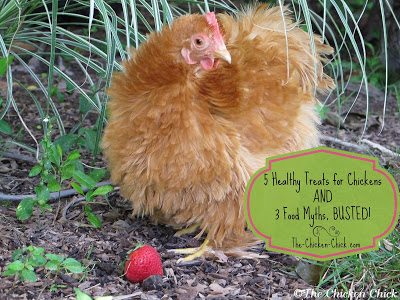
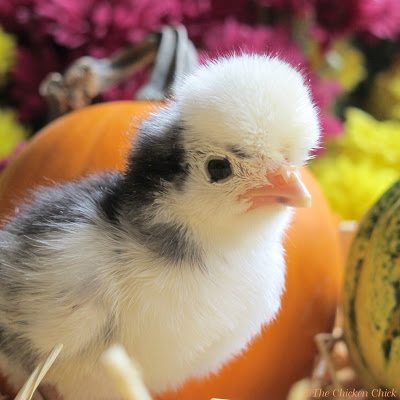
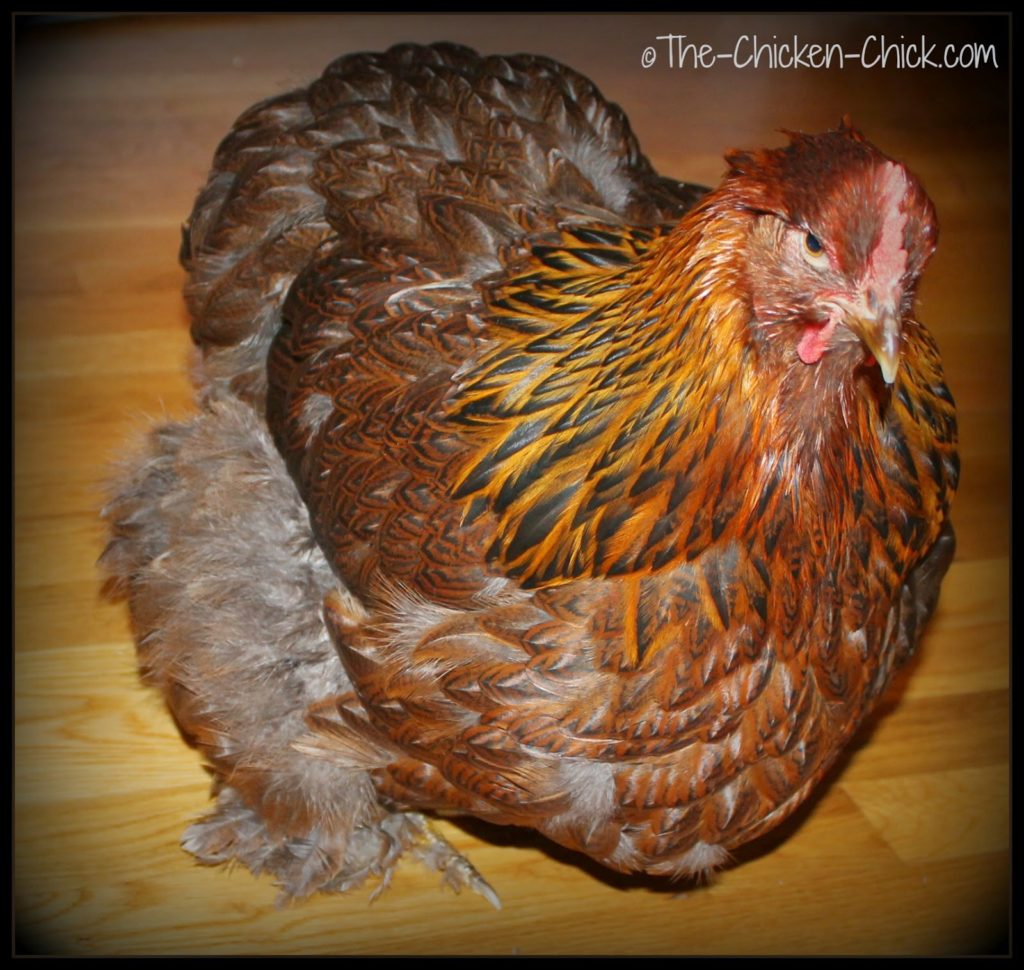
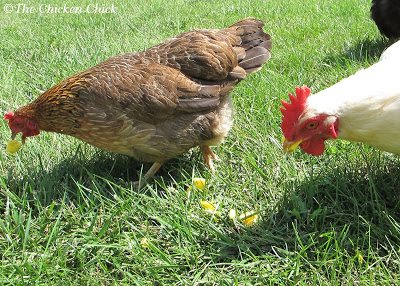

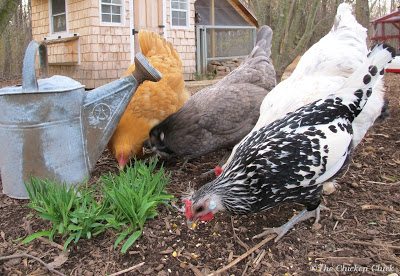
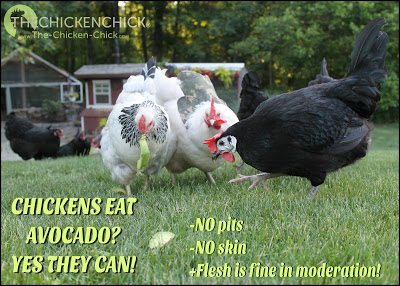
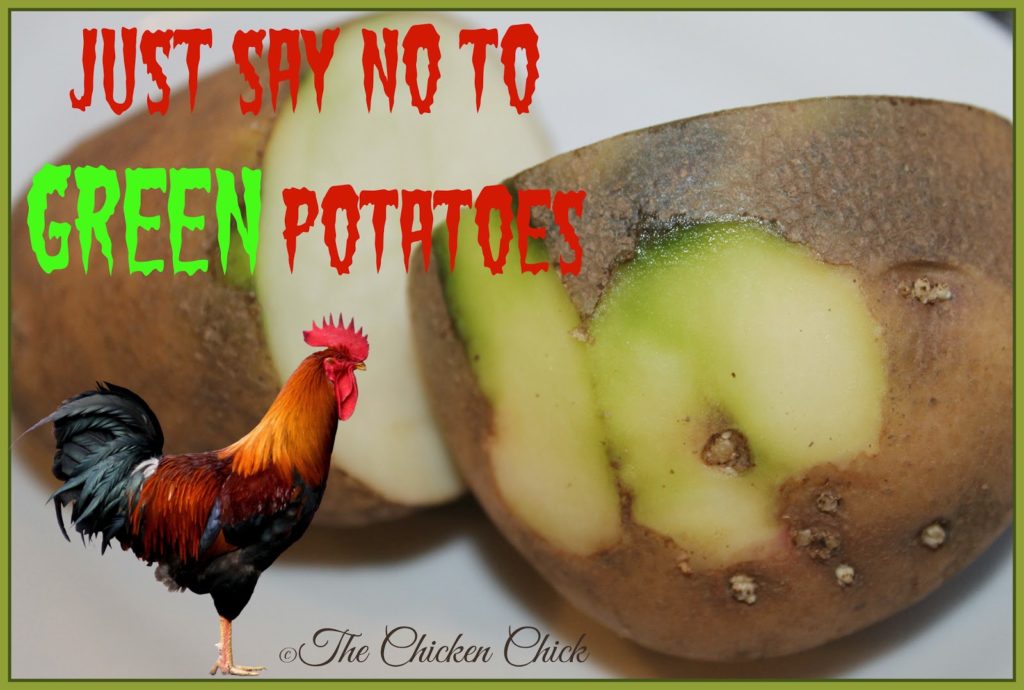

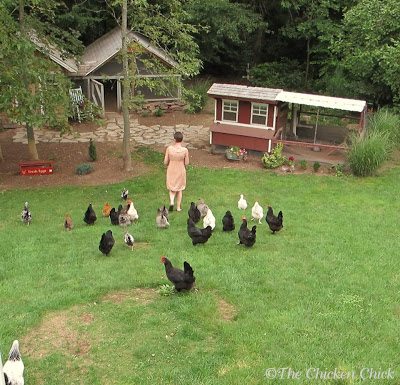















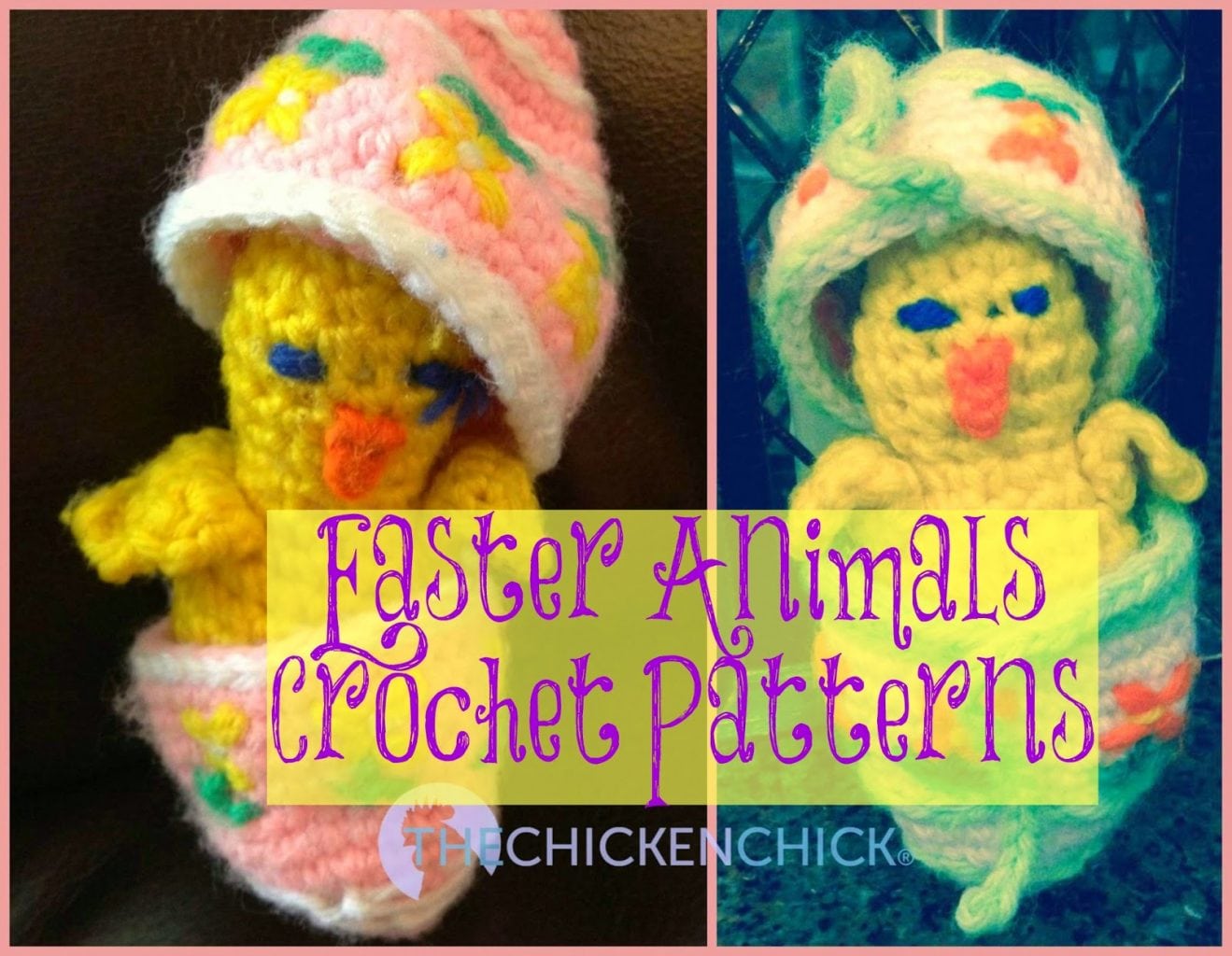






They won't eat enough to be a problem
Hi! About the myth on onions…I have a garden and I can't keep my chickens out to save my life and they eat the onion tops. Should they not eat that?!?!? I had no idea chickens couldn't eat onions!
Hi last week i brought my very 1st chickens ever from a lady on gumtree, I know nothing bout them and since researching them have found so many things out…I was just wondering how long they take to start laying again once moved from one place to another? They are a yr old and other 18 months i think she said. They do alot of scratching in the dirt and flicking it up and i love watching that…When will I know they are ready to lay…I know no terminology for chickens so plz be blunt with me lol
Thx
i got 2 chicken they're 2 months old now … of which one is growing faster and another looks week … i feed them raw/cooked/soaked rice, kneaded wheat flour, chicken meat , grasshopper , leaves, onion, tomato, musk melon , watermelon , scrambled-egg …. but i don't know what should i make it as their staple food…. and is it necessary to de-worm them and how..?? ___from New Delhi,India .. . .
i have four new chick i bought what shuld i feed them